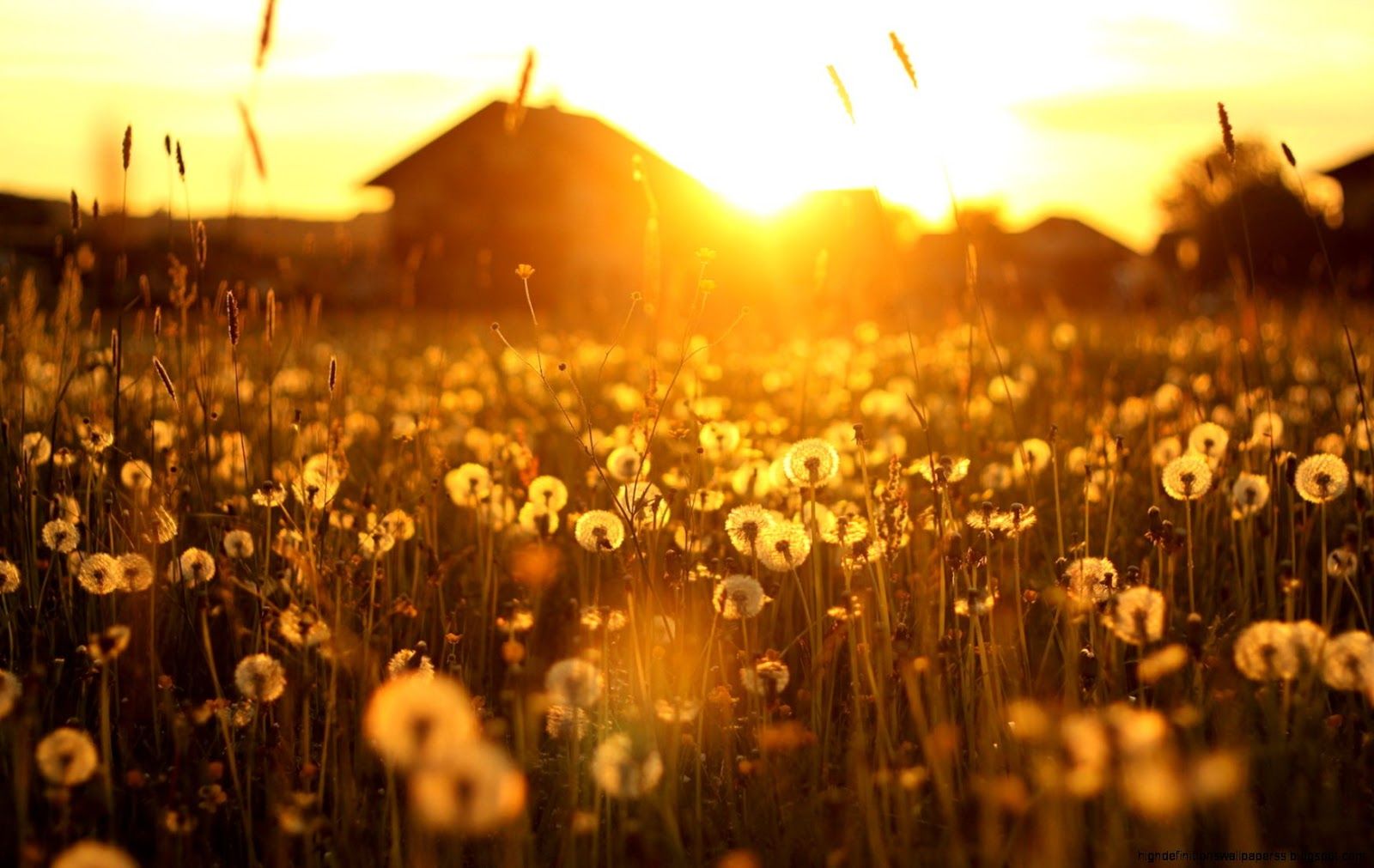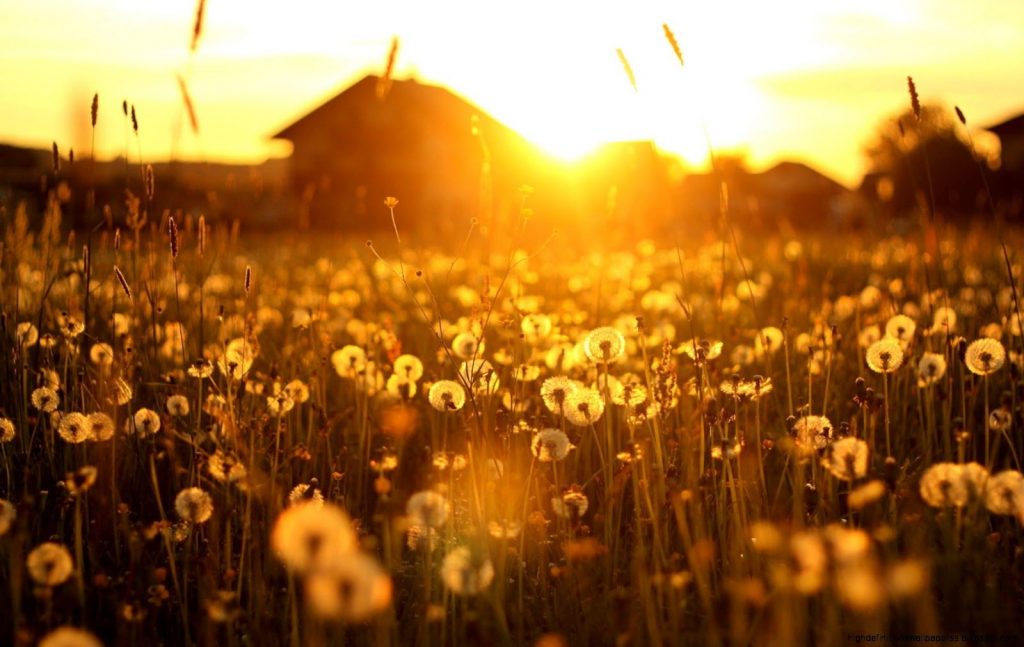
The summer solstice, also known as estival solstice or midsummer is an astronomical phenomenon that marks the longest day and the shortest night of the year.
It happens two times during the year when the path of the Sun in the sky is farthest south in the Northern Hemisphere (between 21 and 23 June) and farthest north in the Southern Hemisphere (between 21 and 23 December).
The summer solstice occurs during the hemisphere’s summer. In the Northern Hemisphere, this is the June solstice and in the Southern Hemisphere, this is the December solstice.
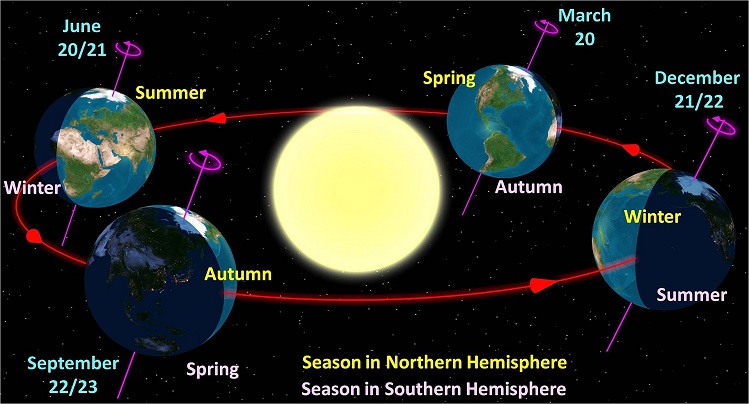
At the summer solstice, the Sun travels the longest path through the sky, and that day therefore has the most daylight. When the summer solstice happens in the Northern Hemisphere, the North Pole is tilted about 23.4° (23°27´) toward the Sun. Because the Sun’s rays are shifted northward from the Equator by the same amount, the vertical noon rays are directly overhead at the Tropic of Cancer (23°27´ N). Six months later, the South Pole is inclined about 23.4° toward the Sun. On this day of the summer solstice in the Southern Hemisphere, the Sun’s vertical overhead rays progress to their southernmost position, the Tropic of Capricorn (23°27´ S).
Locations closer to the poles experience larger differences in day length throughout the year, so summer days are longer there. In Toronto, the longest day is just over 15 hours and 26 minutes long; in Miami, roughly 2000 kilometers or 1200 miles farther south, it lasts about 13 hours and 45 minutes. Either pole experiences continuous day around its summer solstice.
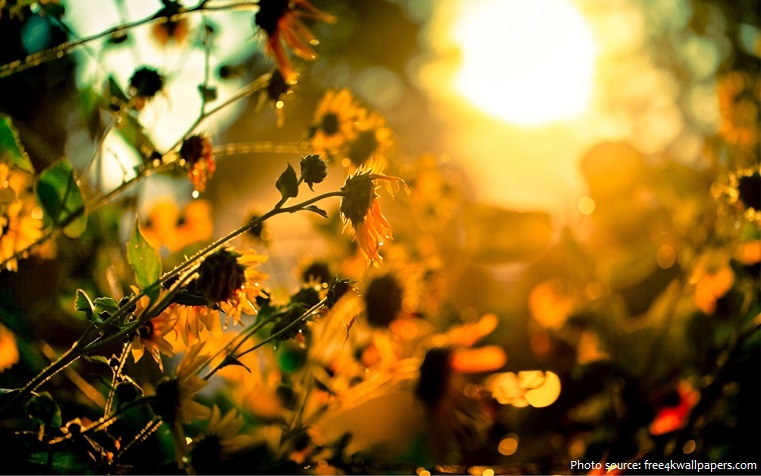
After the summer solstice in the Northern Hemisphere, the days will get shorter and the nights longerer until the summer solstice when things reverse.
The solstice may have been a special moment of the annual cycle for some cultures even during Neolithic times. Astronomical events were often used to guide activities, such as the mating of animals, the sowing of crops and the monitoring of winter reserves of food. Many cultural mythologies and traditions are derived from this.
The significance given to the summer solstice has varied among cultures, but most recognize the event in some way with holidays, festivals, and rituals around that time with themes of religion or fertility.
In Sweden, midsummer is one of the year’s major holidays when the country closes down as much as during Christmas. In some regions, the summer solstice is seen as the beginning of summer and the end of spring. In other cultural conventions, the solstice is closer to the middle of summer.
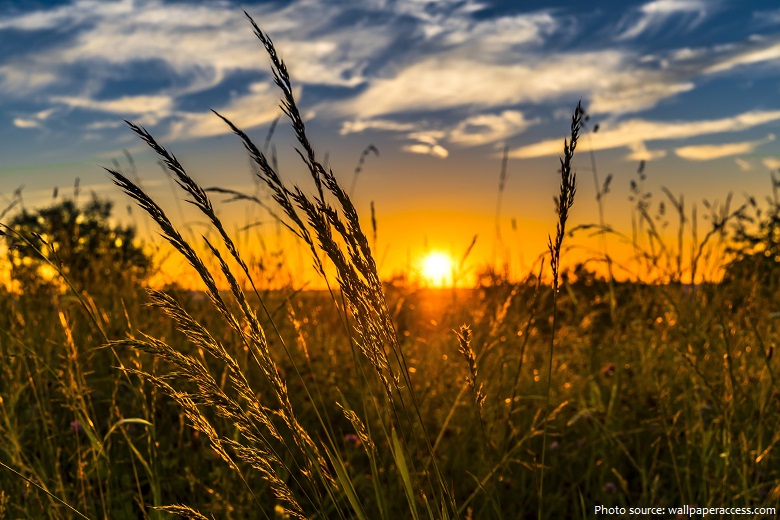
In Austria, the Midsummer solstice is celebrated each year with a procession of ships down the Danube River as it flows through the wine-growing Wachau Valley north of Vienna. Up to 30 ships sail down the river in line as fireworks erupt from the banks and hill tops while bonfires blaze and the vineyards are lit up. Lighted castle ruins also erupt with fireworks during the 90-minute cruise downstream.
In Finland, the summer solstice was called Ukon juhla (“Ukko’s celebration”) after the Finnish god Ukko. After the celebrations were Christianized, the holiday became known as juhannus after John the Baptist.
In India, within the context of Hinduism, the Summer Solstice, or Midsummer’s day, takes place on the 21st of June and is known as the Uttarayana. It is a day denoted with celebration, observation, and practice of Yoga.
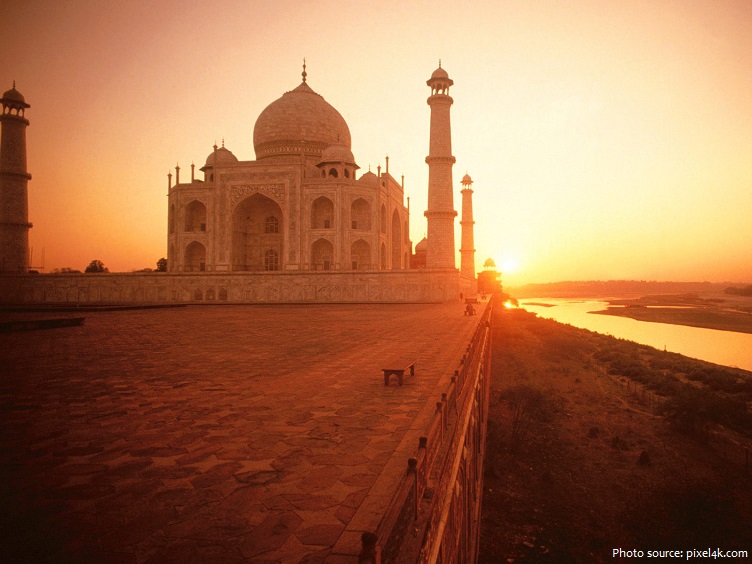
Kupala Night also called Ivanа-Kupala, is a traditional Slavic holiday that was originally celebrated on the shortest night of the year, which is on 21-22 or 23-24 of June (Czech Republic, Poland and Slovakia) and in Eastern Slavic countries according to traditional Julian calendar on the night between 6 to 7 July (Belarus, Russia and Ukraine). Calendar-wise, it is opposite to the winter holiday Koliada. The celebration relates to the summer solstice when nights are the shortest and includes a number of Slavic rituals. It involves herb collecting, bonfire lighting, and bathing in the river.
Christmas typically marks the southern summer solstice.
In Ancient Egypt, the summer solstice signaled the beginning of the new year. Sirius, the brightest star in the night sky, appeared soon after the summer solstice. Egyptian astronomers associated the annual appearance of Sirius with the seasonal flooding of the Nile River, which the civilization depended on for agriculture.
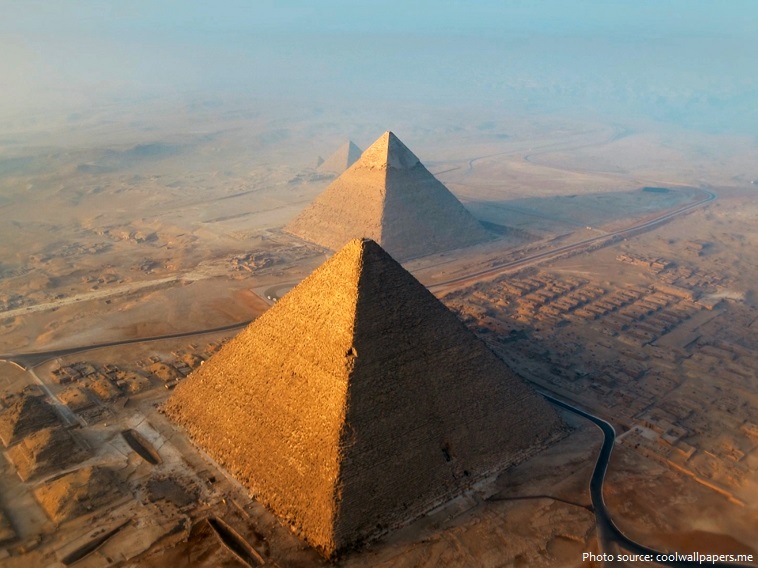
Stonehenge is a prehistoric monument on Salisbury Plain in Wiltshire, England, two miles (3 km) west of Amesbury. It consists of an outer ring of vertical sarsen standing stones, each around 13 feet (4 m) high, seven feet (2.1 m) wide, and weighing around 25 tons, topped by connecting horizontal lintel stones. Inside is a ring of smaller bluestones. Inside these are free-standing trilithons, two bulkier vertical Sarsens joined by one lintel. The whole monument, now ruinous, is orientated towards the sunrise on the summer solstice.
“Midnight sun” describes the phenomenon surrounding the summer solstice, when the sun remains visible at midnight in the weeks leading up to and following the event. The “polar night” surrounds the winter solstice, when the sun remains below the horizon during the weeks leading up to and following the event.
The word “solstice” is derived from the Latin sol meaning “sun” and sistere meaning “to stand still” – because at the solstices, the Sun’s declination appears to “stand still” – that is, the seasonal movement of the Sun’s daily path (as seen from Earth) pauses at a northern or southern limit before reversing direction.
